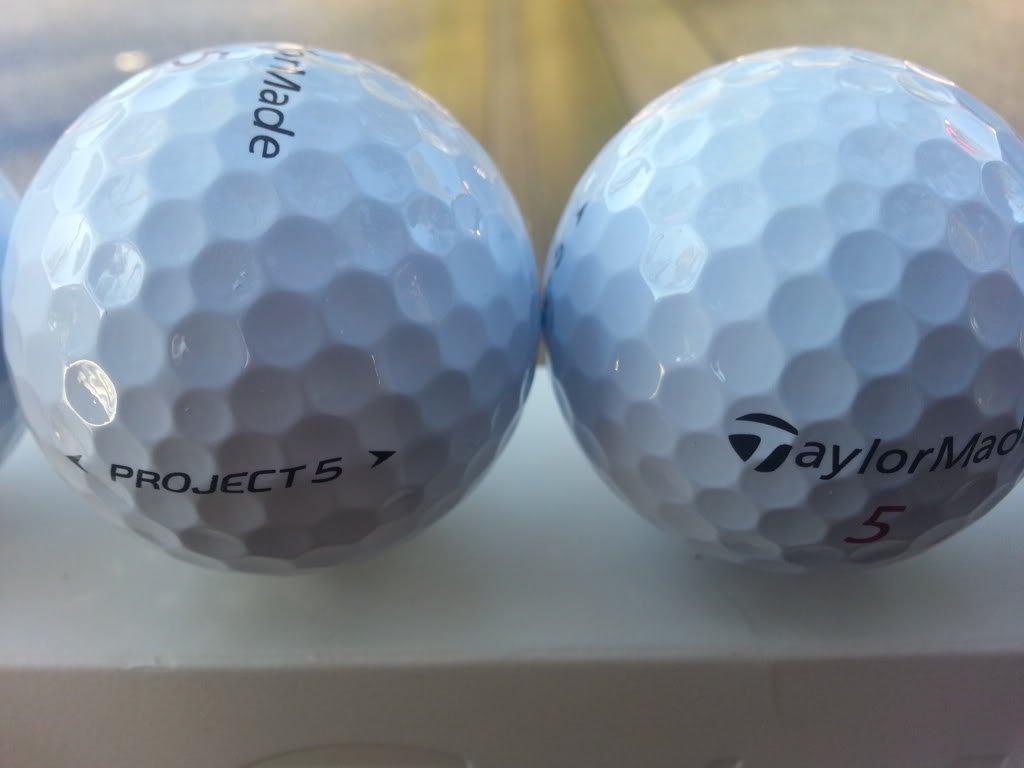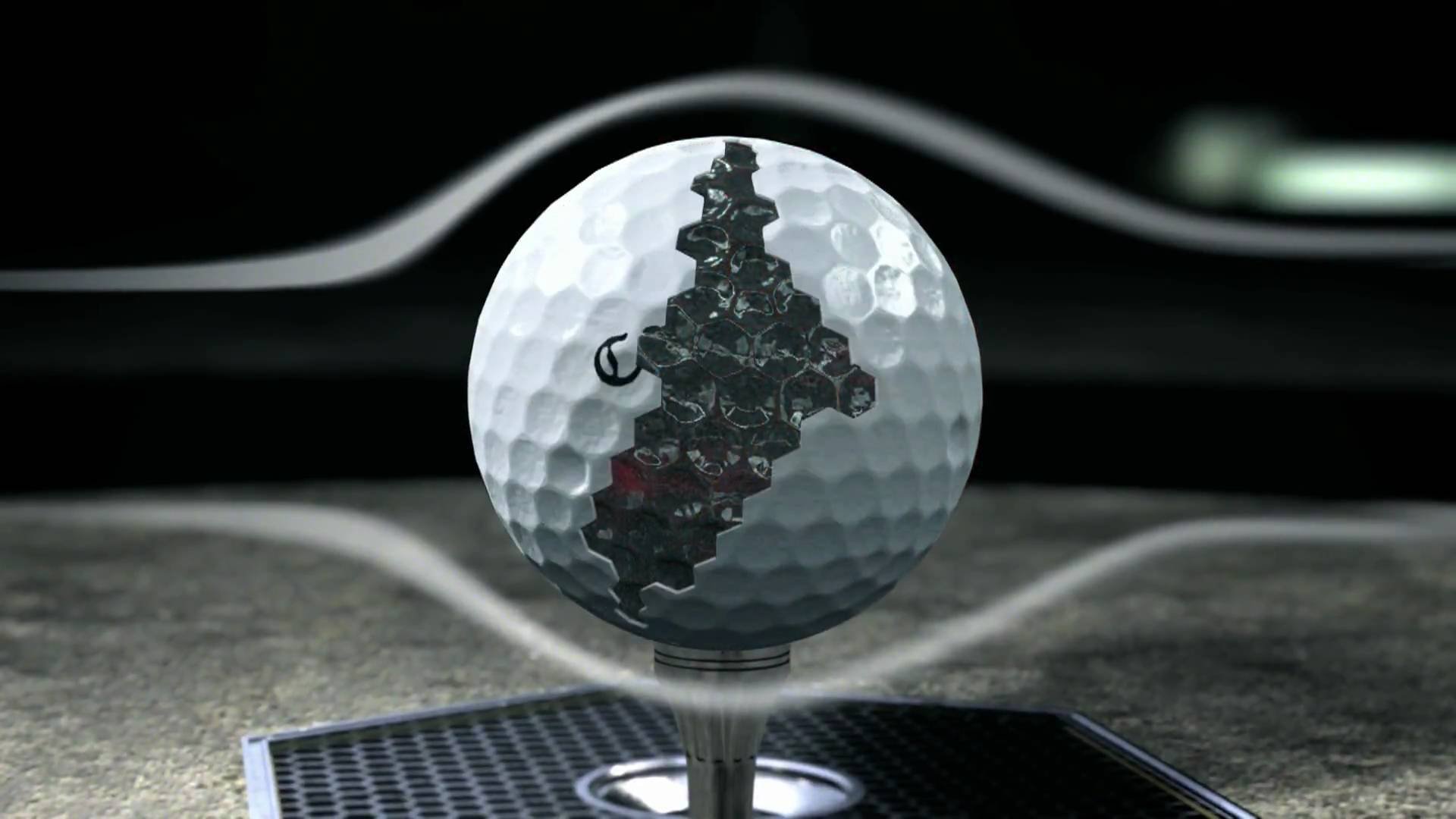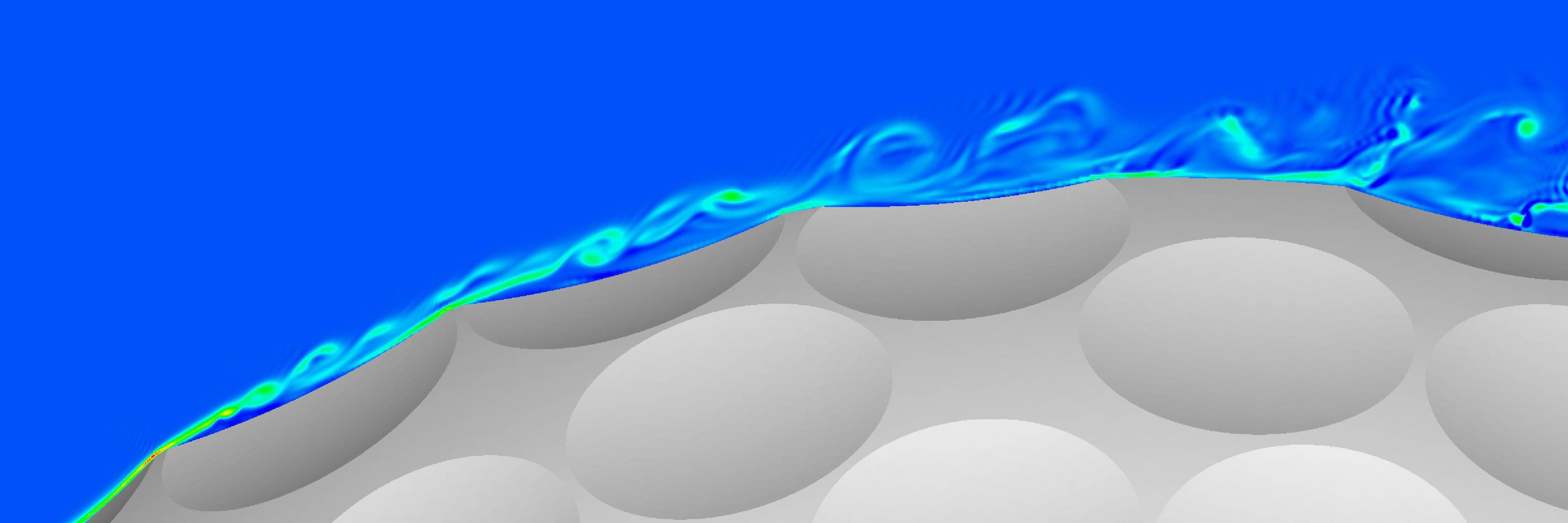No, there’s more to those dimples on golf balls than just some cool design style. In fact, the reason is a fairly scientific one, and we bet that you’ve probably wondered about it for a bit before forgetting about it altogether. The science behind the requirement of these dimples is fascinating and complex, and seems almost counter intuitive.
The average golf ball has between 300 and 500 dimples.
Golf balls usually have about 300-500 dimples, mostly circular, with an average depth of about 0.01 inch. Some of the more technologically advanced golf balls have hexagonal dimples which increase the ball’s performance.

Golf balls with dimples perform twice as better than a smooth golf ball.
Ironically enough, it would seem like a smooth ball would perform better in terms of travelling through the air than one with an irregular surface. But, the dimples allow the golf ball to travel twice the distance a smooth golf ball would.

As you probably guessed, the dimples enhance a golf ball’s aerodynamic capabilities.
The reason why smooth golf balls perform so badly is because of the large amount of drag they create, which reduces the distance the ball will travel through the air. The dimples help create an irregular surface which reduces the drag and increases lift.

In fact, even a change as small as 0.001 inch in the depth of the dimple can radically change the trajectory of the ball.

For the next time you hit the greens, don’t hesitate to flaunt this little trivia.
Feature Image Source: michaeljimeno.wordpress.com
Masthead Source: springerstudios.com

















